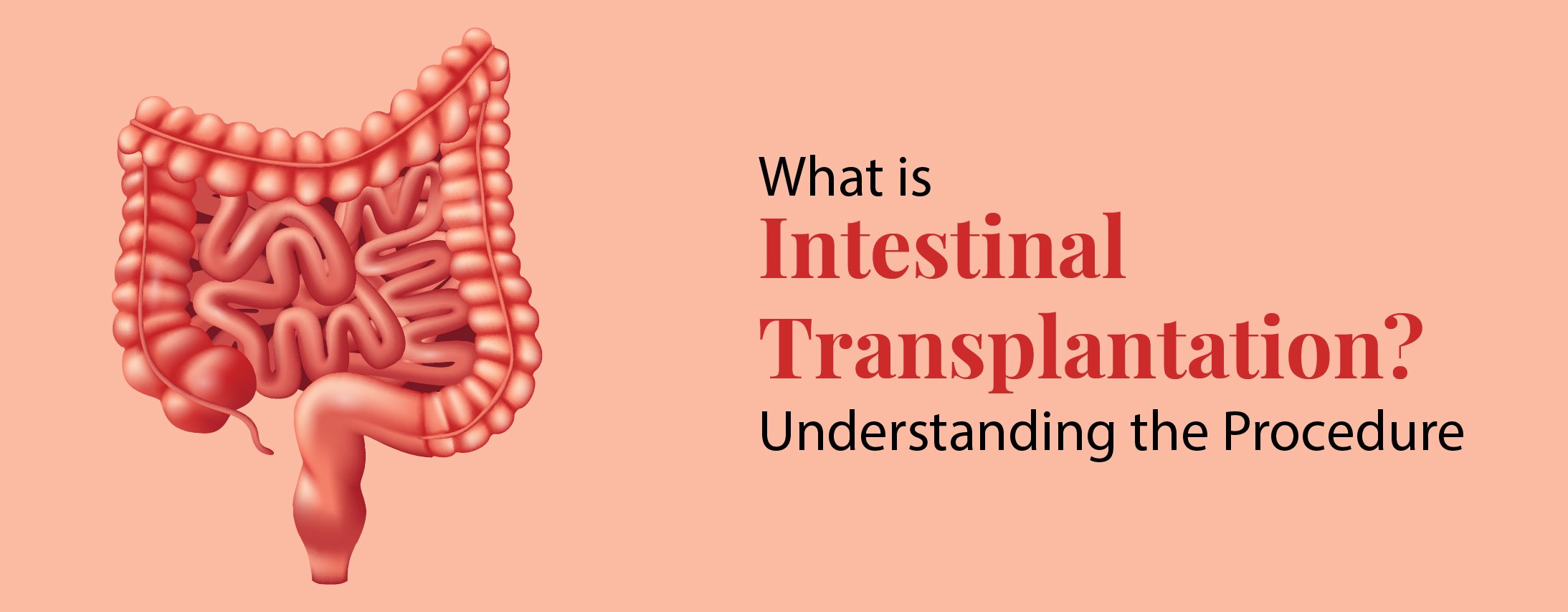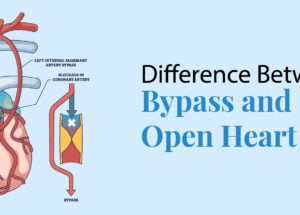What is Intestinal Transplantation? Understanding the Procedure
May 2, 2025

What is an Intestinal Transplant?
An intestinal transplant is a surgical procedure that involves replacing a damaged or diseased small intestine with a healthy one from a donor. This transplant is beneficial to patients who have severe intestinal disorders or difficulties that prevent them from absorbing food and nutrients normally.
Intestinal transplants are less prevalent than other organ transplants. They can, however, significantly improve the overall health and quality of life for those who require them.
Why is an Intestinal Transplant Needed?
Some people develop conditions that severely damage their intestines, making it impossible for them to eat and absorb nutrients properly. These conditions include:
- Short Bowel Syndrome (SBS) – A condition where a large part of the intestine is missing or removed, making digestion difficult.
- Intestinal Failure – When the intestine cannot absorb enough nutrients and fluids to sustain life.
- Necrotizing Enterocolitis (NEC) – A serious disease that affects newborns and destroys intestinal tissue.
- Crohn’s Disease – A chronic inflammatory condition that may require intestinal removal in severe cases.
- Tumors or Trauma – In some cases, cancer or physical injury can damage the intestine beyond repair.
Patients who are unable to eat normally may benefit from total parenteral nutrition (TPN), which involves feeding through a vein. On the other hand, persistent TPN use might lead to infections and liver damage. In these cases, a transplant is required.
Types of Intestinal Transplants
There are three main types of intestinal transplants:
- Isolated Intestinal Transplant – Only the small intestine is replaced.
- Multivisceral Transplant – The intestine is transplanted along with other organs like the liver, stomach, or pancreas.
- Modified Multivisceral Transplant – Similar to a multivisceral transplant but includes fewer organs.
The Transplant Process
The intestinal transplant process has several steps, starting from evaluation and ending with recovery.
1. Evaluation and Waiting List
To ascertain whether a patient is a good candidate for a transplant, doctors perform a comprehensive evaluation. This includes imaging scans, blood tests, and general health evaluations.
A patient is added to a waiting list for a donor organ if they meet the requirements. Waiting times can vary because intestines are complicated and need a correct match.
2. Finding a Donor
Donor intestines come from deceased organ donors. The organ must match the patient’s blood type and size to reduce the risk of rejection.
3. The Transplant Surgery
When an organ from a donor becomes available, the patient is ready for surgery. The healthy donor intestine is used to replace the injured one during the treatment. The patient’s blood supply and digestive system are carefully connected to the new intestine by the surgeons.
Doctors take particular care to prevent infections before and after surgery since the intestine is home to numerous bacteria.
4. Recovery and Post-Transplant Care
Recovery from an intestinal transplant takes time. Patients are hospitalized for several weeks to check for problems and ensure that the replacement intestine is operating appropriately.
During this time, doctors look for evidence of rejection, which occurs when the immune system assaults the new organ. To avoid this, patients must follow stringent medical recommendations and have regular check-ups.
Life After an Intestinal Transplant
Following the transplant, individuals eventually resume eating normal foods. They initially get nourishment through a feeding tube, but gradually transition to conventional meals.
The transplant aims to restore regular digestion and increase quality of life. Many people can resume daily activities, work, and even eat with their families again.
Potential Risks and Complications
As with any major surgery, intestinal transplants come with risks. These include:
- Organ Rejection – The body may see the new intestine as foreign and try to attack it.
- Infections – Because patients take medications to suppress their immune system, they are more prone to infections.
- Graft Failure – In some cases, the new intestine may not function properly.
However, with proper medical care and lifestyle adjustments, many patients lead healthy and fulfilling lives.
Conclusion
For people suffering from acute intestinal insufficiency, an intestinal transplant is a complex yet transforming procedure. Despite its drawbacks, it provides new hope to patients who struggle with feeding and digestion.
Speaking with a medical practitioner can help you or a loved one determine the best course of action if intestinal failure is present. Many people are getting a second chance at life as a result of medical advances that have improved the efficiency of intestinal transplants.
Frequently Asked Questions
1. Who is eligible for an intestinal transplant?
Patients with severe intestinal failure who cannot absorb enough nutrients from food and are dependent on intravenous nutrition may be considered for a transplant.
2. How long does it take to recover from an intestinal transplant?
Recovery varies from patient to patient, but most people stay in the hospital for several weeks. Full recovery and adaptation to normal eating may take months.
3. What are the survival rates for intestinal transplants?
Survival rates have improved with medical advancements. Many patients experience a good quality of life after a successful transplant, but long-term care and monitoring are essential.





